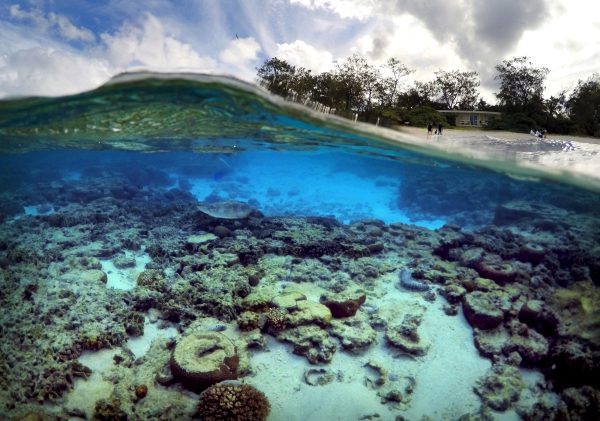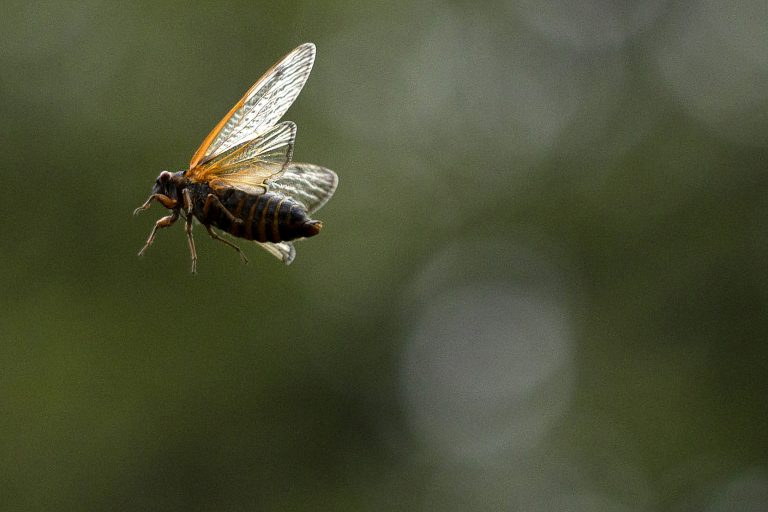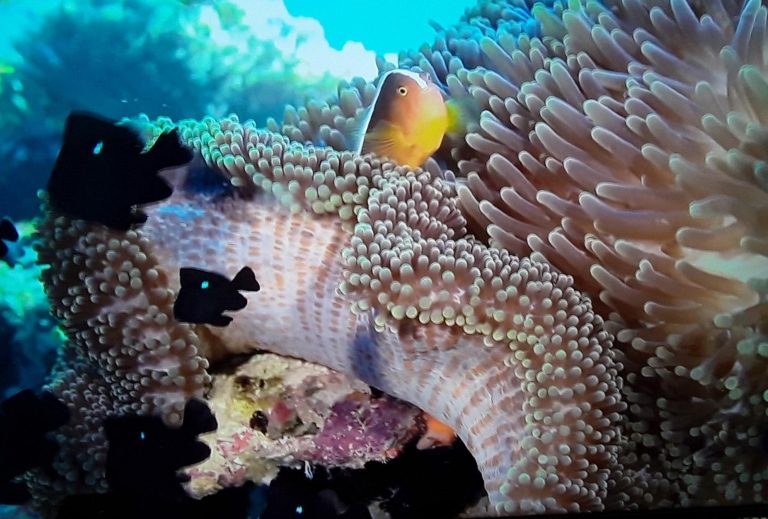After 20 years of diplomatic efforts, the United Nations has adopted an unprecedented treaty to protect the high seas and preserve marine biodiversity in international waters, Secretary-General Antonio Guterres announced Monday (June 19).
The agreement for a High Seas Treaty was made in March by 100 U.N. members after more than 15 years of negotiations and discussions. It is also called the Biodiversity Beyond National Jurisdiction treaty.
While the treaty has been adopted, it still requires ratification by at least 60 U.N. member states to take effect.
- Just Six Countries Responsible for 90% of Identifiable Waste in North Pacific Garbage Patch, Study Reveals
- US Court Decision a Possible Lifeline for Critically Endangered Maui Dolphin
- South Korea Hazed by ‘Ultrafine Dust’ as Chinese Crematoriums Rush to Burn Bodies Amidst Pandemic Resurgence
- Chemical Fallout From East Palestine Train Derailment May Have Reached as Far North as Canada
- Worldwide Chemical Pollution Has Exceeded ‘Safe Operating Space’ for Human Life: Study
Guterres praised the countries who supported the treaty, saying in a statement that they have “pumped new life and hope to give the ocean a fighting chance.”
Member states will have two years starting Sept. 20 to ratify the treaty, which is part of the U.N.’s goal to extend environment protections to 30 percent of the world’s land and sea by 2030.
Success
You are now signed up for our newsletter
Success
Check your email to complete sign up
Among other provisions, the legally binding agreement would govern sharing benefits derived from marine genetic resources beyond national jurisdictions, creating protected areas on the high seas and establishing a framework for assessing environmental damage.

Reuters contributed to this report.













